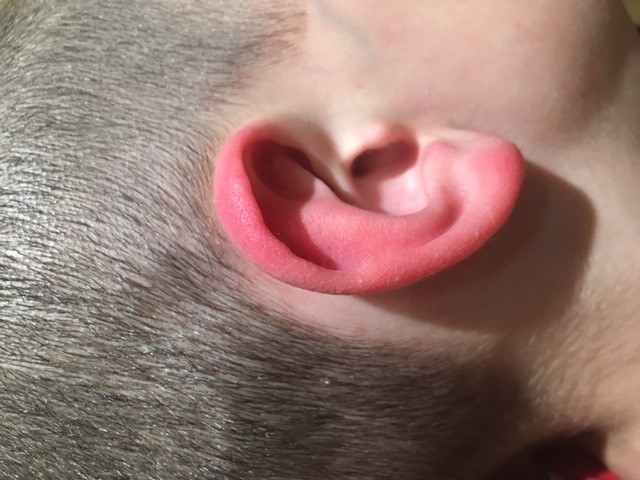BP topical treatment
Superpotent Topical Corticosteroid Therapy in Bullous Pemphigoid
TAKE-HOME MESSAGE
This prospective observational study of 95 patients with newly diagnosed bullous pemphigoid (BP) was conducted at the Autoimmune Bullous Diseases Reference Centre at the Department of Dermatology of Reims University Hospital. Monotherapy with topical corticosteroids was started in 59 patients (62%), with variable usage of 20 to 30 g of clobetasol cream daily depending on extent of disease.
- Of the 59 patients treated initially with topical corticosteroids alone, 34 (58%) were continued on this therapy successfully up through the 1-year follow-up period, indicating that topical corticosteroid monotherapy was sufficient for 36% of patients with newly diagnosed BP. Those requiring systemic therapy had higher BP disease area index (BPDAI). Further studies are needed to determine the BPDAI cutoff for patients who should be treated with topical corticosteroid monotherapy or started initially on systemic therapy.
Feasibility and Healthcare Costs of Superpotent Topical Corticosteroid Therapy in Bullous Pemphigoid: A Prospective, Observational Study in an Academic Centre in France
Br J Dermatol 2020 Apr 22;[EPub Ahead of Print], A Clapé, C Muller, J Plée, M Viguier, C Vanhaecke, P BernardSkin Care Physicians of Costa Rica
Clinica Victoria en San Pedro: 4000-1054
Momentum Escazu: 2101-9574
Please excuse the shortness of this message, as it has been sent from
a mobile device.

 Is it my imagination that the "by the way" comments at the presumed end of a patient encounter cause the most angst? Usually, it's something like "Oh, I forgot to mention that I'm losing my hair!" Recently, at the conclusion of an extended visit, a middle-aged woman stated that periodically, her left ear would become fiery red for several hours, accompanied by a burning sensation. There was no evidence of disease that day — my quick differential of a contact dermatitis, Pseudomonas cellulitis, relapsing polychondritis, or chilblains, were not pertinent. All I could do was punt — "Why don't you see me when you get one of these episodes? I'll take a look, and assess it at that time" (while thinking that I have no idea what she has)?
Is it my imagination that the "by the way" comments at the presumed end of a patient encounter cause the most angst? Usually, it's something like "Oh, I forgot to mention that I'm losing my hair!" Recently, at the conclusion of an extended visit, a middle-aged woman stated that periodically, her left ear would become fiery red for several hours, accompanied by a burning sensation. There was no evidence of disease that day — my quick differential of a contact dermatitis, Pseudomonas cellulitis, relapsing polychondritis, or chilblains, were not pertinent. All I could do was punt — "Why don't you see me when you get one of these episodes? I'll take a look, and assess it at that time" (while thinking that I have no idea what she has)? Photo courtesy of Richard Haber, MD
Photo courtesy of Richard Haber, MD

The increasing recognition that diabetes and obesity are strong risk factors for severe COVID-19 has raised the urgent need for research that addresses the intersection between metabolic disease and COVID-19. In this timely study by Bhasin et al published in Obesity, the authors investigated whether patients hospitalized with COVID-19 differed in BMI at older versus younger ages, independent of diabetes and hypertension. They conducted a cross-sectional analysis of patients hospitalized with moderate to severe COVID-19 (n = 227) and patients hospitalized without COVID-19 (n = 183). Mean BMI was higher for patients hospitalized with COVID-19 than for patients without COVID-19 (31.2 kg/m2vs 28.1 kg/m2). Patients younger than 50 years of age had a higher mean BMI than those older than 50 years old (34.2 kg/m2 vs 29.9 kg/m2), even in the subset without diabetes or hypertension. In a linear regression analysis, BMI was inversely associated with age among people with COVID-19 but not among people without COVID-19. These findings suggest that obesity, and degree of obesity, may be particularly important among individuals younger than 50 years of age hospitalized with COVID-19.